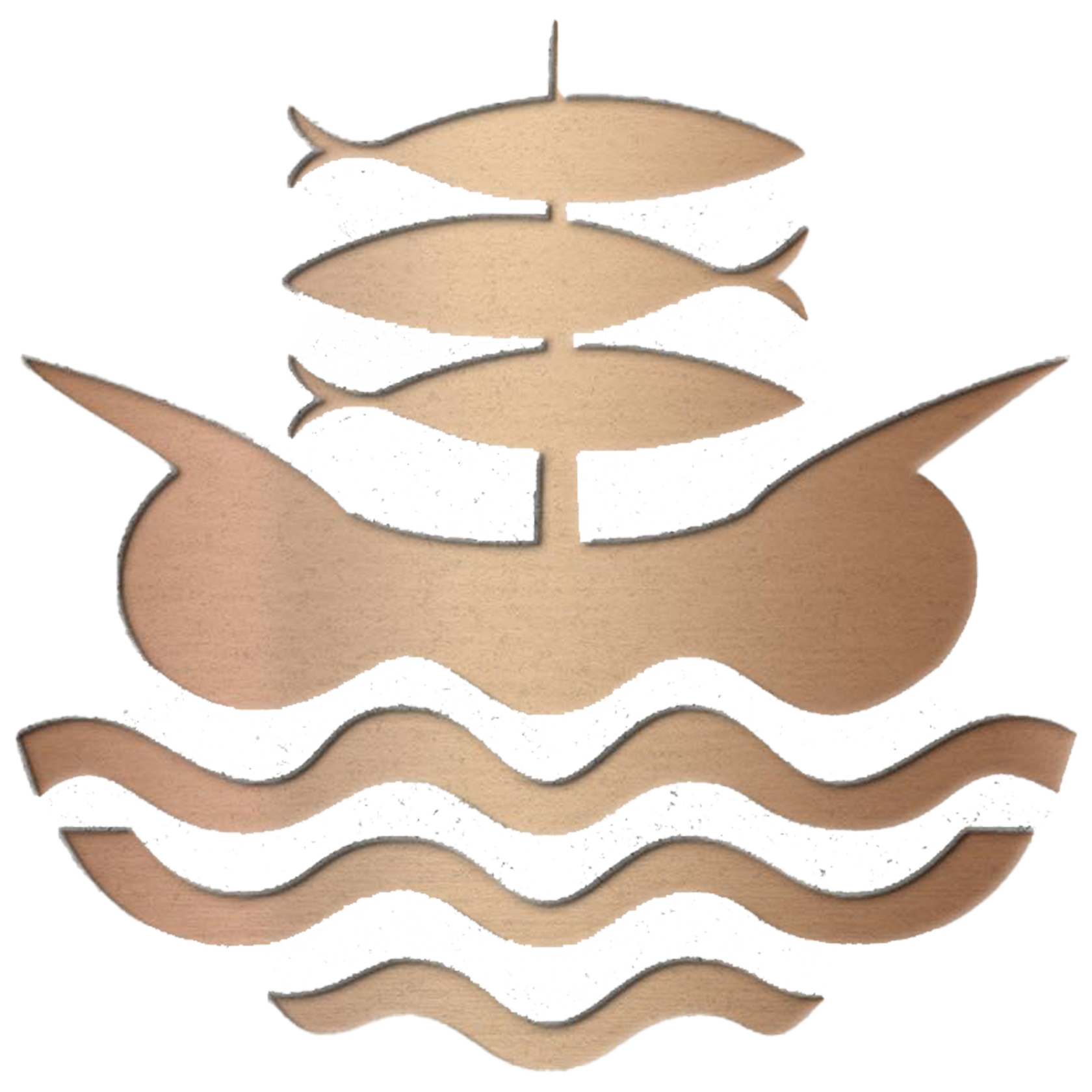Callback request
Leave us your details and we will call you back to answer all your questions!
Cultural gallery
Welcome to Costești Tourist Complex in the beautiful region of Moldova!
Costești Tourist Complex is a family business, developed by the Diaconu family. The idea of this place was born from the simple desire of the owners to create a corner of nature, a resting place that reflects their deep love for nature. Initially, there were a number of lakes here, but in 1964, with the unification of the lakes and the demand for jobs after the break-up of the Soviet Union, it became possible to build the Costești Tourist Complex. At first, there was just a small cottage used by fishermen, but over the years, this place has developed into a complex open to all, which today is a major attraction for tourists.
There are two great walls in the world: the Great Wall of China and the Wall of Spirituality in Costești. The complex presents portraits of famous writers of Romanian literature, named "Foreigners of the Romanian Nation's Literature", together with illustrations of famous works. It also honors the spirit of Dacian heritage with depictions of Decebal, inspiring visitors with a glimpse into the rich history of the Costești Tourist Complex.
The walls are painted with scenes from the works of Romanian writers, especially Ion Creangă and Mihai Eminescu. The painter Alexei Luca, the creator of these works, set out to bring to life unforgettable characters and scenes from children's stories to adult novels. The complex also houses the portraits of the founder Gheorghe Diaconu and the artist Alexei Luca, which are an emblem of the Costești Tourist Complex.
Among the special attractions are replicas of sculptures made by Constantin Brâncuși, one of the most famous sculptors of the last century. These include:
- "Table of Silence," representing the "Last Supper," with the 12 apostles around Jesus. The table symbolizes both family reunion and meditation, reflecting Brâncuși's desire to revive ancient traditions and honor the memory of those who fell in World War I.
- "Gate of the Kiss," also known as the "Monument of the Whole Nation," where the kiss symbolizes union. The gate resembles a triumphal arch, symbolizing the triumph of life over death.
- Other notable replicas include "Adam and Eve," a sculpture depicting the biblical couple in a timeless form; "The Rooster," a stylized representation of vitality; and "King of Kings," also known as "Christ," a stylized human figure. The "Infinity Column," originally 29.35 meters high, is dedicated to the Romanian soldiers who fell in World War I.
- "Table of Silence," representing the "Last Supper," with the 12 apostles around Jesus. The table symbolizes both family reunion and meditation, reflecting Brâncuși's desire to revive ancient traditions and honor the memory of those who fell in World War I.
- "Gate of the Kiss," also known as the "Monument of the Whole Nation," where the kiss symbolizes union. The gate resembles a triumphal arch, symbolizing the triumph of life over death.
- Other notable replicas include "Adam and Eve," a sculpture depicting the biblical couple in a timeless form; "The Rooster," a stylized representation of vitality; and "King of Kings," also known as "Christ," a stylized human figure. The "Infinity Column," originally 29.35 meters high, is dedicated to the Romanian soldiers who fell in World War I.
At the heart of the complex is the Scena Building, built in traditional style. It is dedicated to various cultural events and is an essential meeting place for artistic, folklore and other cultural activities. The Scena building adds a touch of authenticity and vitality to the events hosted at the Costești Tourist Complex, offering a traditional and picturesque setting.
The complex offers more than art. The "Mill with Pies and Words" serves as a ceremonial hall, and behind it is a collection of old mills. Named by Iulian Filip, the mill is a symbol of Moldovan heritage. Visitors can also explore the replica of "Guguță's Cușmei," inspired by the story written by Ion Creangă, symbolizing curiosity and imagination. This area also includes an aerial library dedicated to Romanian writers, accessible to children, and the size of the kangaroo symbolizes Guguță's big heart.
Finally, the replica of Ion Creangă's house, with his portrait and that of Mihai Eminescu at the entrance, symbolizes Romanian tradition and culture. It is a tribute to the memory of the writer and his work, as well as a symbol of national identity and Romanian literary heritage.
The "Crama" is an event hall which hosts an exhibition of wines, Moldovan delicacies and numerous art items, making it a perfect venue for special occasions.
The "Crama" is an event hall which hosts an exhibition of wines, Moldovan delicacies and numerous art items, making it a perfect venue for special occasions.
CONTACTs
Complexul Turistic Costești 33, Costești village, Ialoveni district, Republic of Moldova
Work schedule:
Reception: 09:00 - 18:00
Restaurant: 09:00 - 18:00
Pool: 10:00 - 20:00
Work schedule:
Reception: 09:00 - 18:00
Restaurant: 09:00 - 18:00
Pool: 10:00 - 20:00
